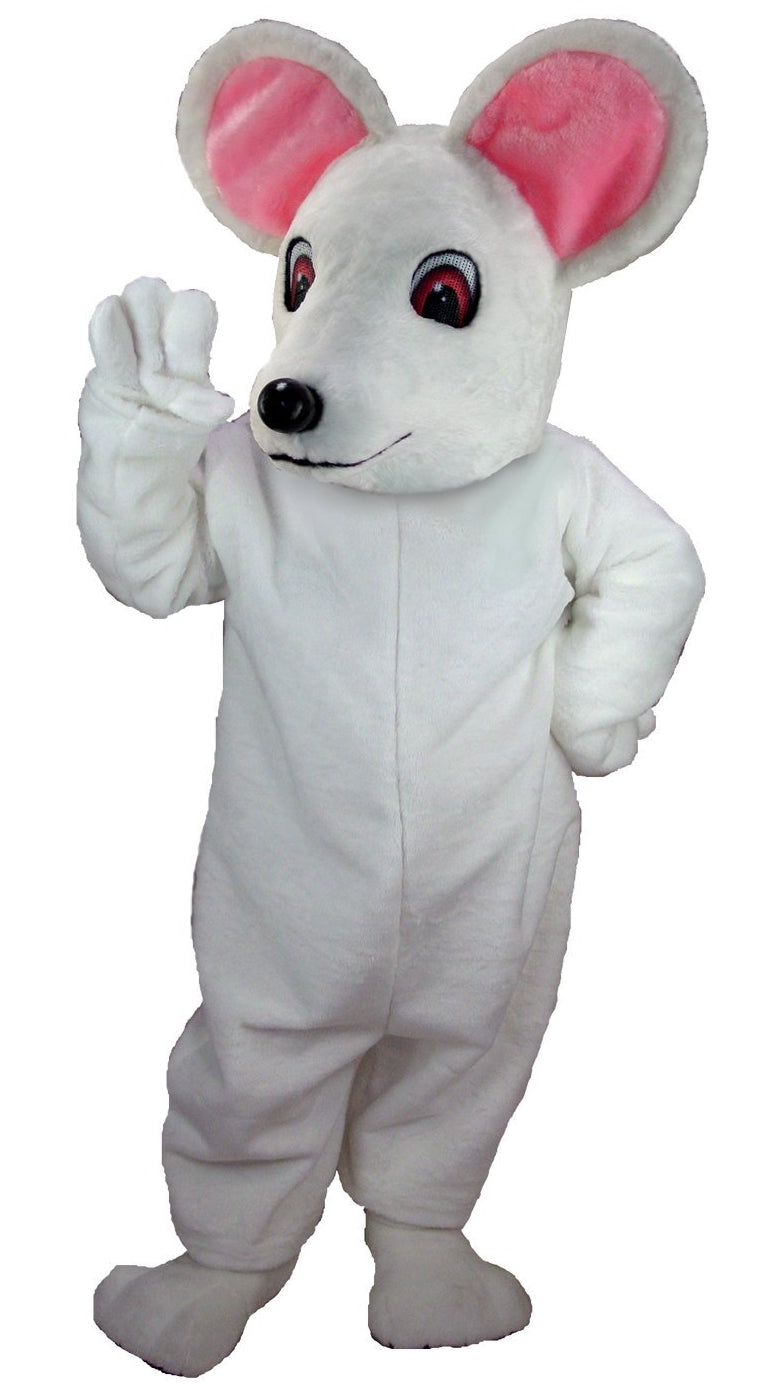
The history and evolution of mascots in sports and branding
Mascots have been a staple in the world of sports and branding for decades. They are a fun and engaging way to connect with audiences and promote a brand or team. But where did mascots come from, and how have they evolved over time? In this blog post, we will explore the history and evolution of mascots in sports and branding.
The history of mascots can be traced back to ancient civilizations. In ancient Egypt, for example, statues of animals and gods were used to represent the power and strength of the pharaohs. In ancient Greece, mascots in the form of statues or figures were used to represent gods and goddesses, as well as to bring good luck to athletes competing in the Olympics.
The modern concept of mascots as we know them today, however, can be traced back to the late 19th and early 20th centuries. The first modern mascot is believed to be a live bear cub that was brought to the sidelines of a football game between Harvard and Yale in 1894. The bear cub, named "Teddy's Bear," was a hit with the crowd and is considered to be the first live mascot in sports history.
In the early 20th century, live animal mascots were still popular at sporting events, with teams such as the Chicago Cubs and the Boston Red Sox using live bears, lions, and elephants to represent their teams. However, as animal rights concerns began to rise, live animal mascots were phased out in favor of costumed mascots.
The first costumed mascot in sports history is believed to be the "San Diego Chicken," who made his debut at a San Diego Padres baseball game in 1974. The San Diego Chicken was an instant hit with fans, and soon other teams and organizations began to create their own costumed mascots.
In the 1980s and 1990s, mascots became even more popular in sports and branding. The use of mascots in sports expanded to include not only professional teams but also college and high school teams. Mascots also began to be used in branding and advertising, with companies such as McDonald's and KFC using mascots to represent their brands.
The 21st century has seen a continued evolution of mascots in sports and branding. With the rise of technology, mascots have become more interactive and able to engage with audiences in new ways. For example, some mascots now have their own social media accounts, and can be seen participating in online challenges and viral campaigns. Additionally, the use of virtual and augmented reality technology has allowed for the creation of digital mascots that can be used in a variety of ways, such as in video games and virtual events.
In sports, mascots have become more dynamic and athletic, engaging in acrobatic and gymnastic performances and stunts. Mascot performers are now trained to perform stunts and tricks, making their performances more engaging and entertaining.
In branding, mascots have become more integral part of the overall brand strategy. They are used to create emotional connections with consumers and promote brand values, creating memorable experiences. Companies now have the ability to develop mascots that have specific characteristics, such as being friendly, adventurous, or even edgy, that align with their brand values.
In addition, mascots have also become a way to promote social causes and awareness. Many mascots now have their own charitable foundations and are used to raise money and awareness for various causes.
Overall, the history and evolution of mascots in sports and branding has been one of constant adaptation and innovation. From live animals on the sidelines of a football game to digital and virtual mascots, the role of mascots has evolved to become an integral part of the overall brand strategy.
